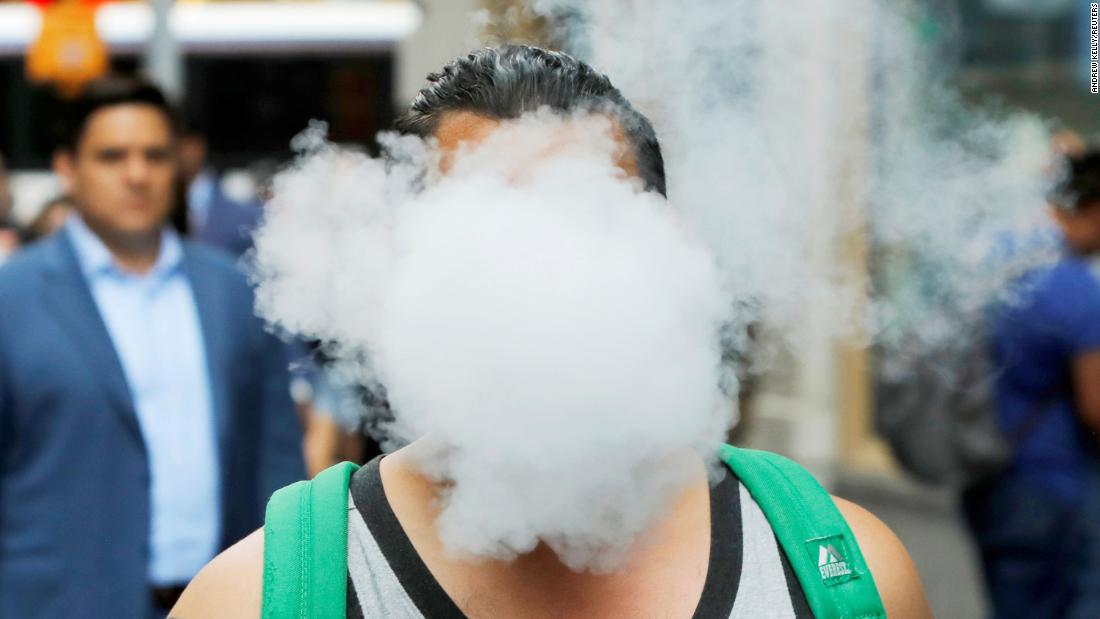And a number of cities and states across the nation have taken swift, decisive action in response. For example, New York state passed “emergency legislation” temporarily banning most flavored e-cigarettes from stores, and elsewhere,
India has banned them altogether. But do the health implications of e-cigarettes warrant “emergency” action to curtail consumer usage?
While of course not everyone vapes, it is certainly commonplace, and not just at parties: I have seen kids vape while driving, during school, or at their desk doing homework. But before the government and regulators leap to action on this issue and plan their response, they should consider a few things. For example, what makes e-cigarettes so appealing to teenagers in the first place? After all, e-cigarettes are a product that is meant to be a safer alternative for people who already smoke cigarettes, which most teenagers these days
do not.
It seems to me that most teens start using e-cigarettes because they crave the nicotine high, they feel peer pressured, or they want to seem cool. From where I stand, many teenagers are aware that vaping is not good for them. But the fact is, young people have always done things that are unsafe — and they always will. If it isn’t e-cigarettes, it will be something else.
Cracking down on teenage vaping will not stop kids from using substances that are bad for their health: teenagers, by nature, are defiant. If adults tell them to stop vaping, it may even push them to do it more.
Additionally, if laws are created that would make it harder for smokers to get e-cigarettes, or even just flavored pods, many people would buy them off the
black market. Alternatively they might return to, or even start, smoking cigarettes, a deadly practice that has been in steep decline for years among both adults and youth. The percentage of adolescents who reported smoking cigarettes in the past month has dropped from
28% in 1996-7 to 5% in 2018, according to the Department of Health and Human Services.
What can be done about young people and vaping? Frontload any discussion of its dangers with scientifically valid facts. Think of it like sex education: most schools have stopped teaching kids about abstinence—it’s not going to happen; instead, they teach them how to be safe and aware of risks.
Teenagers respond to real data and good science.
For example, at a climate strike recently, I joined more than
60,000 teenagers (and some adults) urging government officials to make the climate crisis a top priority, given all we know about its potential dangers. Many held signs alluding to
Greta Thunberg’s suggestion to Congress: “Don’t listen to me, listen to science!” When it comes to vaping, we should do the same thing.
While the
Centers for Disease Control and Prevention has released clear information detailing that health can be negatively impacted by e-cigarette use, we still need better information about the risks of e-cigs and what’s really behind the recent vape-related health issues.
Teenagers will also respond more if the government and regulators get real about the larger context.
Is vaping really what we should focus on when considering what is putting kids in danger in America — and globally? Let’s look at the data: Firearms are the
second leading cause of death for American youth. Scholars predict that
175 million children per year will be impacted by natural disasters related to climate change. Vaping has been linked to thirteen deaths.
Every life matters and vaping should be regulated for safety, but in the grand scheme of things, we need to focus on what is really putting our youth at risk. Instead of pushing to
ban flavored e-cigarette pods, President Donald Trump should be using the power of his office to ban assault rifles and coal plants.
If they want young people to take them seriously, our officials should listen to science.


